Accessorize Your Home: Tips for Mixing and Matching Decor Items

Introduction
Home décor is an art form; accessorizing is where your personality comes out. It is all about getting the right mixture of decor items that could transform an ordinary room into a warm, fashionable, and inviting area. But knowing when it is too much and at what times, you are having your carbs can be tricky. This post is for anyone who has ever wondered how designers know (or just do) mix and match decor items without looking like a crazy cat lady foster home—a guide to accessories home decor for you to accessorize your stylish home with confidence.
1. Start with a Neutral Base
The foundation for any mix-and-match of decor items is to use neutrals. With a neutral palette, including white, beige, or grey walls, we have this blank slate to layer colors and textures. It makes it possible to use statement pieces without them feeling too overbearing. Neutrals are also near and dear to my traditional self. They continue with a timeless application and easy transition from season to season or year to year.
2. Play with Patterns
Feel free to mix and match patterns in your decor. When balanced correctly — stripes, florals, checks, and abstracts work together. The key is to let the size of your patterns vary; balance larger prints with smaller ones. For example, zest up a courageous lushly shaded oriental cover with pads scattered in a strong shading or an all-over illustration of the same scale. So long as the colours complement one another in pattern, you should be OK.

3. Layer Textures for Depth
Textures give more depth and intrigue to any space. Balancing act — pairing smooth surfaces with rough ones, soft fabrics next to hard materials, and matte finishes alongside glossy. A plush velvet sofa with soft textures would contrast nicely with a cool metal coffee table and a snuggly knit throw. By weaving in contrasting textures, you also add a “touch” element to your space, which is one of the ways to make it feel fuller and more multifaceted.
4. Make it Interesting with Colour
Colour is one of the best tools to decorate a room. All the decor items you picked from the home accessories shop will mix and match; select a colour palette. It does not mean that every item has to be one solid colour; however, everything should be in the same shade category or look good to each other.
5. Add Touches of Personality
Your house is an autobiography of your life. Add personal touches like knickknacks from trips, family heirlooms, and DIY artwork. That adds character to the room and also gives you unique space. It reflects and complements the history of the owners who lived in it, which is another reason mixing these personal touches with more conventional decor adds up to a refined but not staged look.
6. Use Symmetry Wisely
It Will Bring a Sense of Symmetry and make a design feel balanced and considered, BUT it also has the power to make your space look structured and stuffy. Striking a balance, you use symmetry as the foundation and layer of asymmetrical features. For instance, two accent lamps are on each side of a sofa, but change up the accessory for your end tables. This helps keep the room from looking too staged.
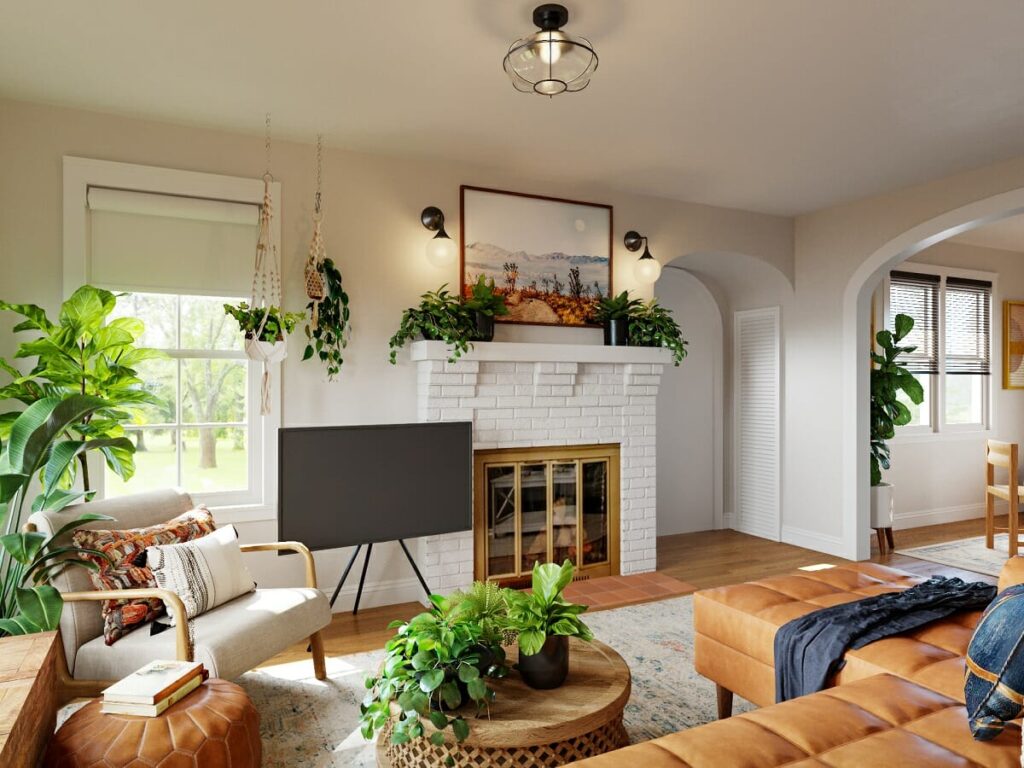
7. Don’t Forget About Scale
Decor items should be mixed in scale; this is key. A room can get top-heavy if you try to pair a giant sofa with minuscule coffee tables or an enormous piece of art with dull little wall hangings. Strive for a combination of sizes within the same scale. For example, if you have a big sofa, go with a proportional coffee table and then put decor elements at differing heights together.
8. Balance Old and New
Putting vintage in the mix of modern elements gives a nice contrast to your home decor. Mixing antique furniture with contemporary art or including a vintage mirror over your sleek console table can result in an artistic and innovative style. Connecting old pieces with new home furniture.
9. Mind the Flow
Last, consider how the space is perceived in your design choices. Ensure there is a flow from one space to another (particularly in an open-concept design). Continuing certain colours, textures, or styles in the room is another way to create a more cohesive space based on what you have. Witness walkways and sightlines; remember to design your decor so it complements rather than distracts from the room.


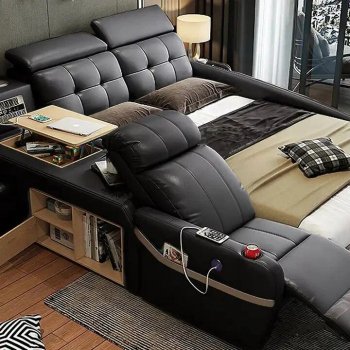
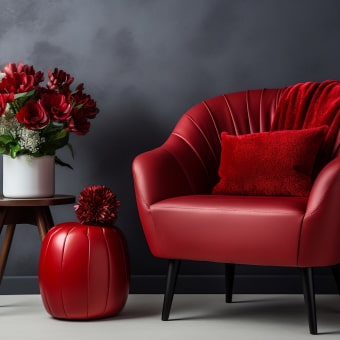
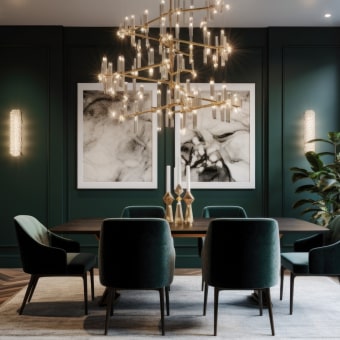
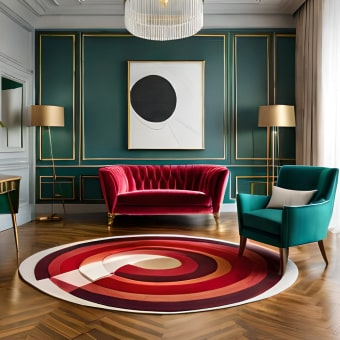
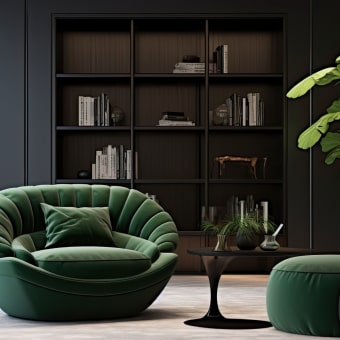
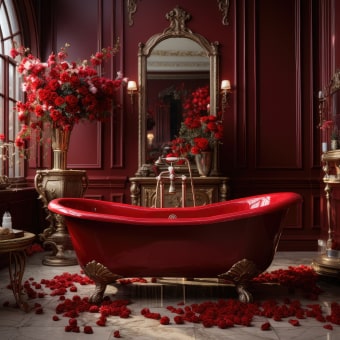










Leave a comment